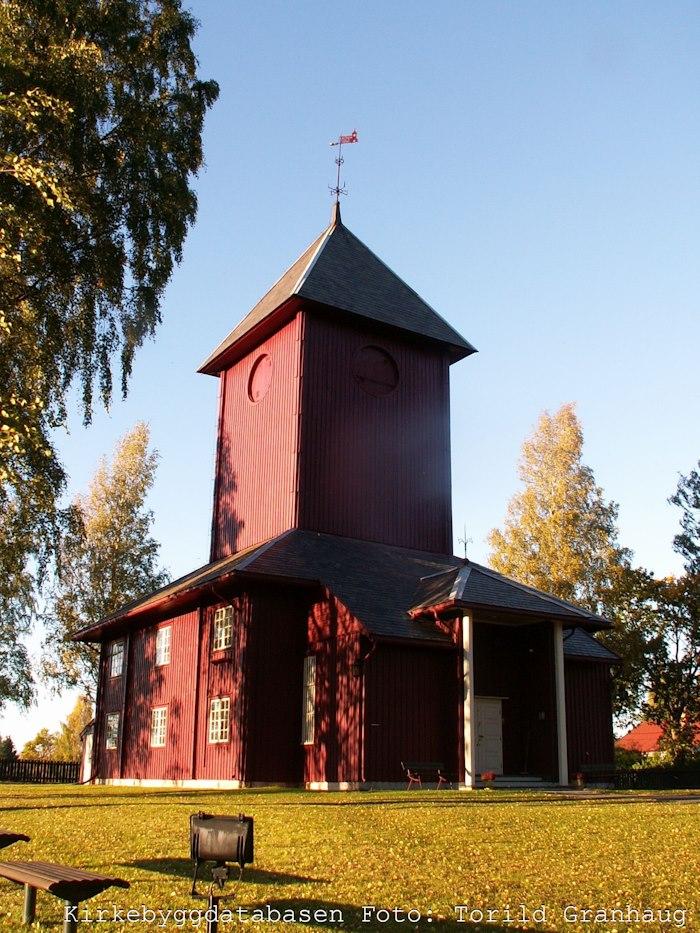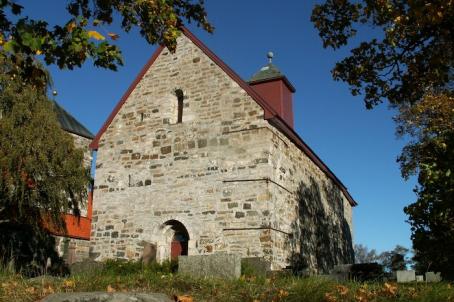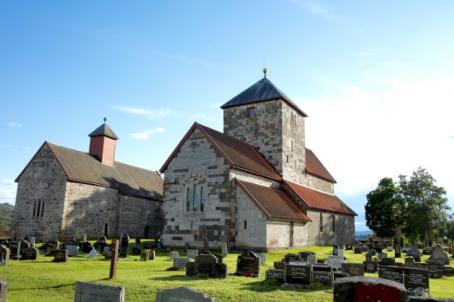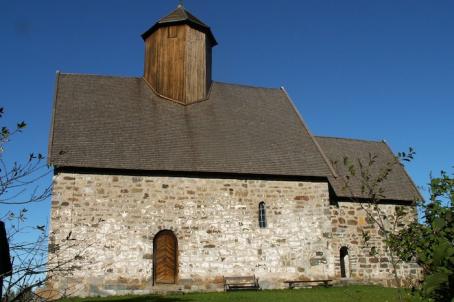Ål Church

Ål church, built in 1930, is a large and long church with a solid and high tower in the middle of the nave. The church was built according to the drawings of the architect Magnus Poulsson. It has windows on two floors. The interior has been well preserved and completed since the time of construction.
About this building
For more information visit on this building visit https://kirkesok.no/kirke/053400801





